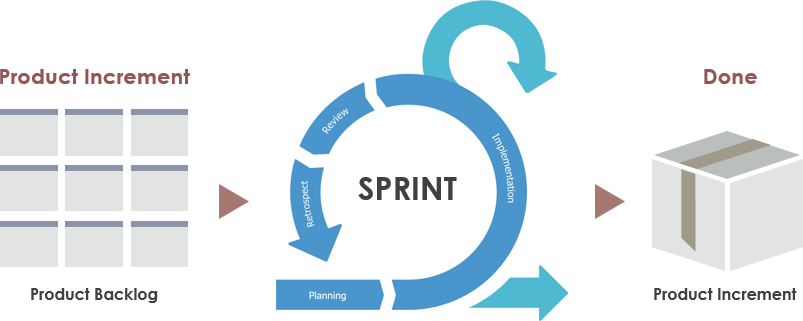Mastering Agile Development: A Comprehensive Guide to Backlog Grooming
Introduction
In the fast-paced realm of Agile development, maintaining a well-groomed backlog is a cornerstone for success. Backlog grooming sessions serve as the compass, steering the team toward efficient sprint planning and delivering maximum value to the customer. In this guide, we’ll walk you through a step-by-step process to master the art of backlog grooming, ensuring your team stays agile, adaptive, and aligned with business priorities.
What is Product Backlog Grooming?
A Scrum product backlog serves as a dynamic to-do list for a project. The Product Owner takes charge of creating, maintaining, and regularly reshuffling this list of features to be implemented. The goal is to stay adaptable to emerging requirements, customer feedback, and market changes.
The process involves Product Backlog Grooming, a crucial activity that lays the groundwork for Sprint Planning. During grooming, items at the top of the Product Backlog are refined and likely to be included in the upcoming sprint. As you move down the backlog, items become less concrete and may represent larger or more complex ideas. These substantial chunks need to be broken down into smaller pieces as they approach the top of the Product Backlog. This ensures a smoother transition from ideation to implementation, aligning with Gunther Verheyen’s perspective on the value of the Product Backlog.

In this guide, we’ll walk you through a step-by-step process to master the art of backlog grooming, ensuring your team stays agile, adaptive, and aligned with business priorities.
1. Schedule Regular Backlog Grooming Sessions:
- Plan recurring sessions, typically held at the end of each sprint or at a frequency that suits your team’s workflow.
2. Assemble the Right Team:
- Invite key stakeholders, including product managers, product owners, developers, testers, and any other relevant team members.
3. Review the Current Backlog:
- Begin each session by looking at the existing backlog. Identify completed items, those in progress, and those yet to be started.
4. Remove Obsolete Items:
- Weed out any backlog items that are no longer relevant or necessary. Keep the backlog focused on what truly matters.
5. Prioritize Backlog Items:
- Collaboratively prioritize the remaining items based on business value, dependencies, and customer needs. Use techniques like MoSCoW (Must-haves, Should-haves, Could-haves, Won’t-haves) to categorize priorities.
6. Break Down Large Tasks:
- If any backlog items are too large, break them down into smaller, manageable tasks. This makes it easier to estimate, track progress, and assign to team members.
7. Define Acceptance Criteria:
- Ensure that each backlog item has clear and agreed-upon acceptance criteria. This helps prevent misunderstandings and ensures everyone has a shared understanding of what “done” means.
8. Estimate Effort:
- Use techniques like story points or time estimates to gauge the effort required for each task. This helps with capacity planning and sprint commitments.
9. Identify Dependencies:
- Highlight any dependencies between backlog items. This is crucial for effective sprint planning and managing expectations regarding delivery timelines.
10. Adjust Priorities if Necessary:
- Be flexible. If there are changes in business priorities or market conditions, be ready to adjust the backlog accordingly.
11. Create Tasks for the Next Sprint:
- Based on the prioritized and refined backlog, create a set of tasks that the team will work on in the next sprint.
12. Communicate Changes:
- Ensure that everyone is aware of the changes made during the backlog grooming session. Communication is key to alignment within the team.
13. Document Insights and Decisions:
- Keep thorough documentation of the discussions, decisions, and insights gained during the session. This provides a valuable reference for future discussions and helps with continuous improvement.
14. Rinse and Repeat:
- Backlog grooming is an iterative process. Regularly revisit and refine the backlog to adapt to changing requirements and priorities.
By following these steps, your team can maintain a well-organized, prioritized backlog that serves as a dynamic guide for your agile development process.
Summary
Explore the intricacies of backlog grooming, from assembling the right team to prioritizing and refining tasks. Learn how to eliminate obsolete items, break down complex tasks, and estimate efforts accurately. Discover the importance of clear acceptance criteria, identifying dependencies, and staying flexible in the face of changing priorities. With this guide, you’ll empower your team to cultivate a dynamic backlog that not only reflects current project needs but also paves the way for seamless Agile development.

